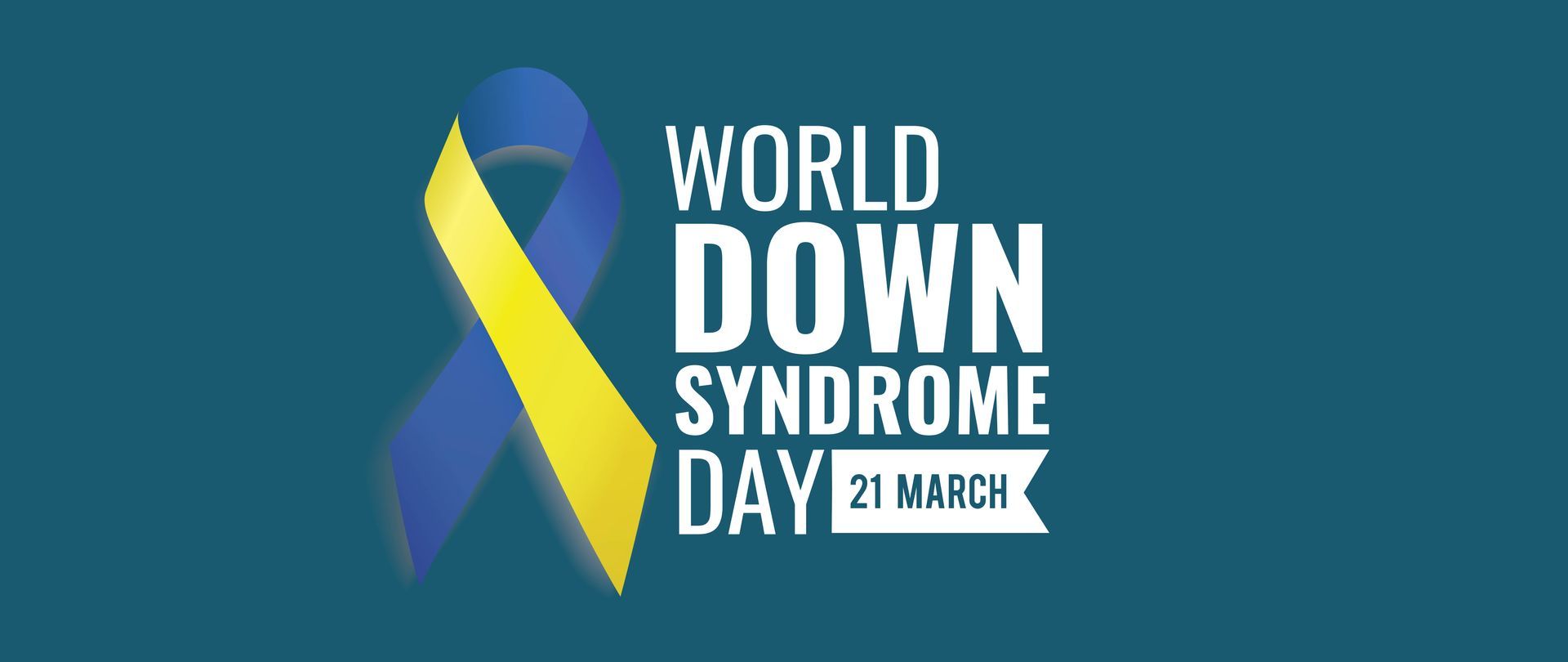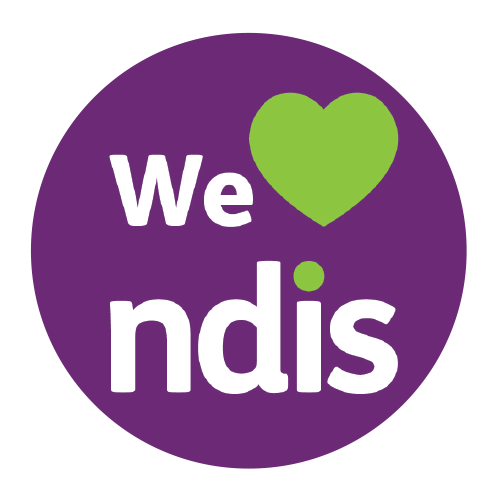The History and Science Behind Down Syndrome: Understanding the Condition
The History and Science Behind Down Syndrome:
Understanding the Condition
Down syndrome is one of the most well-known genetic conditions, yet many people are unaware of its history, causes, and the significant strides made in its care and inclusion. Named after Dr. John Langdon Down, who first classified it in 1866, Down syndrome has been recognised for centuries, with depictions appearing in historical artwork dating back over 2,500 years.
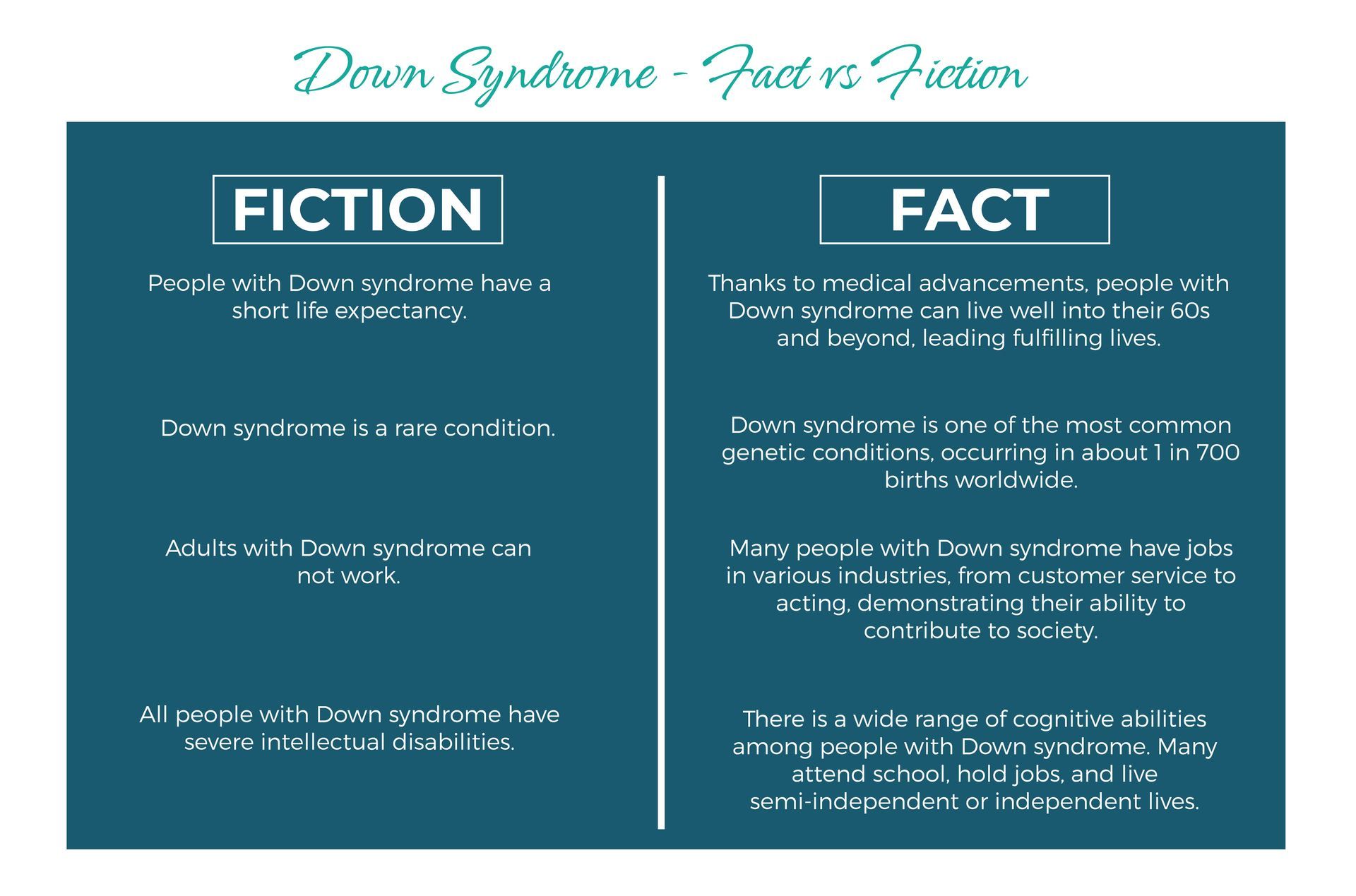
The Legacy of Dr. John Langdon Down
Dr. John Langdon Down, a British physician, was one of the first to identify and document the condition. Working at the Earlswood Institution, a facility for individuals with intellectual disabilities, he took a compassionate approach in an era when people with disabilities were often neglected or mistreated. He implemented transformative changes, including:
- Banning physical punishment
- Prioritising hygiene and quality of care
- Introducing crafts and hobbies for mental stimulation
- Capturing respectful portraits of his patients to shift public perception
In 1868, he further advanced his work by establishing Normansfield, a residential facility offering education, recreational activities, and personalised care. Today, Normansfield still stands as The Langdon Down Centre, preserving his legacy of respect and dignity for individuals with Down syndrome.
Understanding Down Syndrome: The Science
Down syndrome, also known as Trisomy 21, occurs when an individual has an extra copy of chromosome 21. This additional genetic material alters development and presents certain physical characteristics and health challenges.
Key Facts About Down Syndrome
- It occurs in approximately 1 in 700 births.
- Prenatal screening is available through blood tests and ultrasounds, with diagnostic tests such as amniocentesis confirming down syndrome before birth.
- Common health concerns include hearing loss, vision problems, congenital heart defects, sleep apnea, and thyroid disease.
Advancements in Care and Quality of Life
Medical advancements have significantly improved life expectancy and quality of life for individuals with Down syndrome. In the 1960s, the average life expectancy was just 10 years; today, it has increased to 60 years or more. Supportive therapies and inclusive education have also allowed people with Down Syndrome to achieve remarkable milestones, including:
- Living independently and getting married
- Holding jobs and earning degrees
- Becoming professional models, actors, and entrepreneurs
- Playing instruments at prestigious venues
On the 21st of March 2025, we celebrate World Down Syndrome Day, a global awareness event dedicated to advocating for the rights, inclusion, and well-being of individuals with Down syndrome. This day serves as a reminder of the progress made and the work still needed to ensure equal opportunities for all.
Moving Forward
Down syndrome is more than just a diagnosis—it represents a diverse and thriving community. With continued medical research, education, and advocacy, people with down syndrome are breaking barriers and proving that they can lead independent, fulfilling lives. The key to fostering inclusion is education and awareness, ensuring that every individual, regardless of their genetic makeup, is valued and supported in society.
